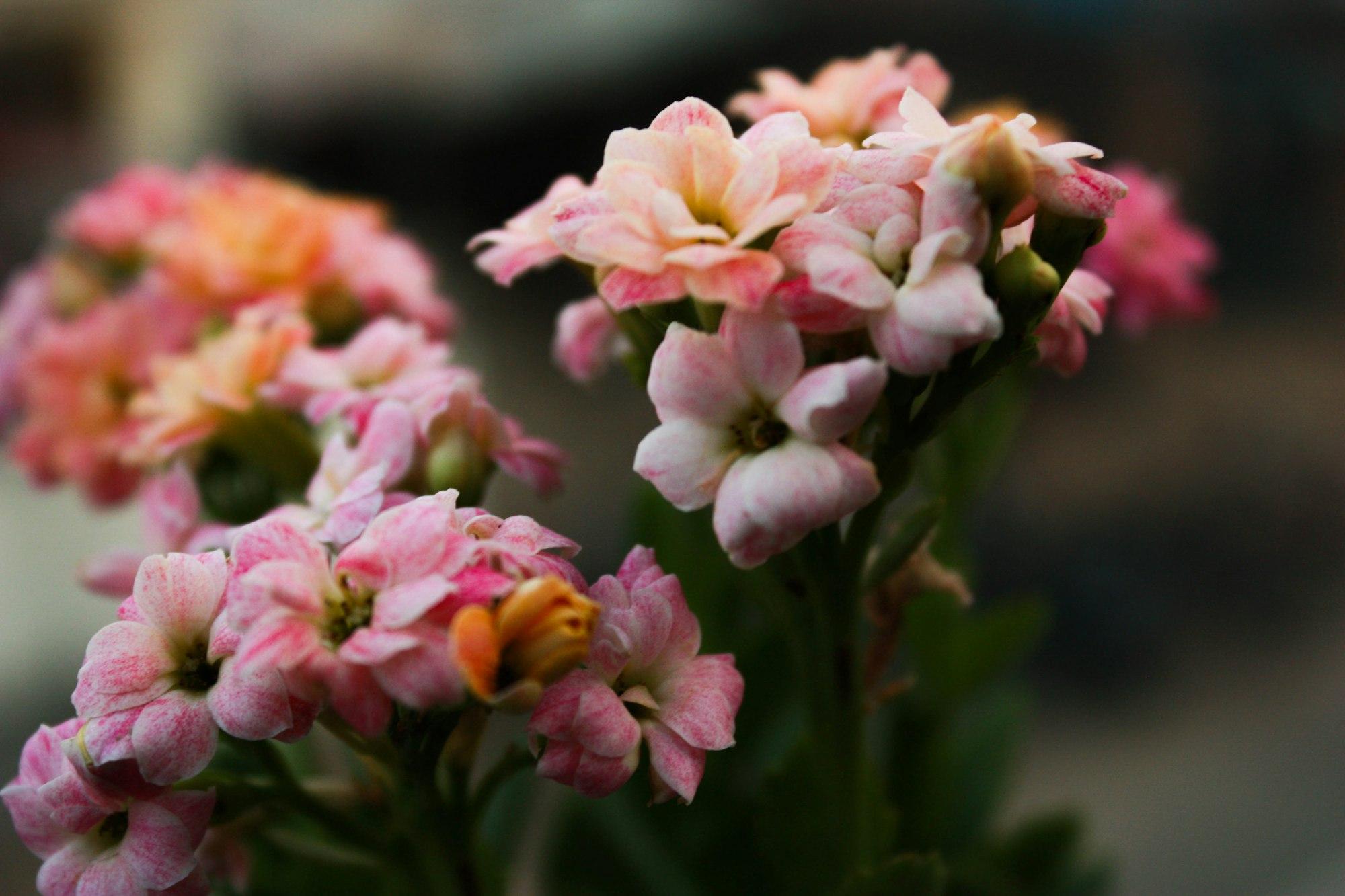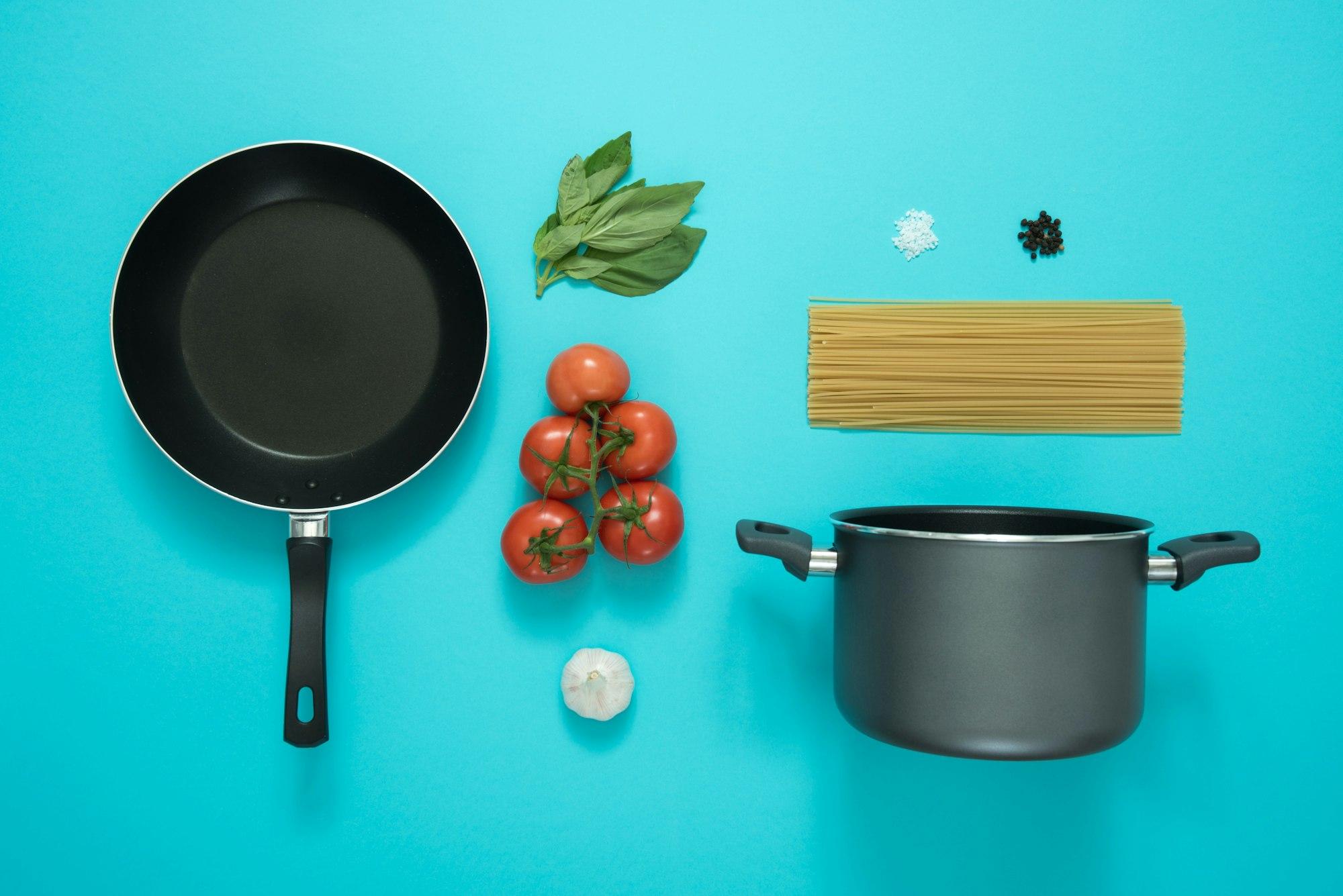How to Grow and Care for Kalanchoe
These succulents adapt to various conditions, making them ideal for indoor and outdoor spaces. With proper watering, pruning, and winter care, you'll enjoy colorful Kalanchoe flowers year-round.

Kalanchoe in bloom
Kalanchoe is a popular and low-maintenance plant that can add a touch of beauty to any indoor or outdoor space. With its vibrant blooms, succulent leaves, and easy care requirements, it's no wonder that many plant enthusiasts are drawn to this versatile plant. In this article, we will explore the different aspects of caring for Kalanchoe, including proper lighting, soil essentials, watering tips, balancing temperature and humidity, fertilizer dos and don'ts, and understanding its growth rate. So, let's dive in and discover the secrets to successfully growing and caring for Kalanchoe.
Kalanchoe Care
Proper care is key to keeping your Kalanchoe healthy and thriving. Here are some essential factors to consider:
Proper Lighting
Kalanchoe plants thrive in bright and indirect sunlight. These plants generally do well in a sunny window sill or a spot with filtered light. However, direct sunlight during the hottest parts of the day can scorch the leaves of the Kalanchoe. If you notice burning or browning of the leaves, consider moving the plant to a spot with less direct light.
Soil Essentials
Well-draining soil is essential for Kalanchoe plants. A mixture of peat moss, perlite, and sand works well to provide the proper drainage they need. Ensure that the soil is slightly acidic with a pH level between 6.0 and 7.0. Avoid overwatering, as this can lead to root rot and other problems.

Watering Tips
When it comes to watering Kalanchoe, a balanced approach is key. These plants prefer to dry out slightly between waterings. Check the top inch of soil, and if it feels dry, it's time to water. Be cautious not to overwater, as Kalanchoe is susceptible to root rot. Additionally, avoid getting water on the leaves or blooms, as this can lead to fungal diseases.
Balancing Temperature and Humidity
Kalanchoe plants are adaptable when it comes to temperature. They can tolerate a range of temperatures, but they prefer temperatures between 60°F (15°C) and 75°F (24°C). However, they are sensitive to frost, so it's important to protect them during colder months. As for humidity, these plants prefer moderate humidity levels, but they can tolerate drier conditions.
Fertilizer Dos and Don'ts
Applying a balanced and diluted fertilizer can help promote healthy growth in Kalanchoe plants. During the growing season, fertilize every two weeks using a 10-10-10 liquid fertilizer. However, avoid overfertilizing, as this can lead to excessive foliage growth and fewer blooms. Always follow the instructions on the fertilizer package for proper application.
Understanding Growth Rate
Kalanchoe plants are known for their fast growth rate when given the proper care. With regular watering, adequate lighting, and appropriate fertilization, you can expect your Kalanchoe to produce new growth and blooms. However, keep in mind that each variety may have its own unique growth rate, so it's important to observe and adjust your care routine accordingly.
Now, let's delve into some interesting facts about Kalanchoe plants. Did you know that Kalanchoe is a genus of about 125 species of tropical, succulent flowering plants? These plants are native to Madagascar and other parts of Africa, as well as Asia and Australia. The name "Kalanchoe" is derived from the Chinese words "Kalan Chauhuy," which means "that which falls and grows." This name refers to the plant's ability to reproduce from fallen leaves, making it a fascinating and resilient addition to any indoor or outdoor garden.
Another interesting aspect of Kalanchoe plants is their medicinal uses. Some species of Kalanchoe have been used in traditional medicine for centuries. For example, Kalanchoe pinnata, also known as the "miracle leaf," has been used in folk medicine to treat various ailments such as wounds, burns, and gastrointestinal disorders. The leaves of this plant contain compounds with anti-inflammatory, antimicrobial, and antifungal properties, making it a valuable plant for natural remedies.

Furthermore, Kalanchoe plants are not only beautiful but also beneficial for the environment. They are known for their ability to purify the air by removing toxins and releasing oxygen. This makes them an excellent choice for indoor spaces, where air quality can be compromised by pollutants. Additionally, Kalanchoe plants attract pollinators such as bees and butterflies, contributing to the overall biodiversity of your garden.
So, as you care for your Kalanchoe plant, remember that you are not only nurturing a beautiful and resilient plant but also benefiting from its fascinating history, medicinal properties, and environmental contributions. Enjoy the journey of cultivating and appreciating this remarkable plant!
Different Varieties of Kalanchoe
Kalanchoe comes in various stunning varieties, each with its own distinct features and blooming habits. Some popular varieties include:
- Kalanchoe blossfeldiana: This variety is known for its vibrant red, orange, yellow, or pink blooms.
- Kalanchoe tomentosa: Commonly referred to as "Panda Plant" or "Chocolate Soldier," this variety has fuzzy leaves with a rich chocolate-brown color.
- Kalanchoe beharensis: Also known as "Elephant Ear Kalanchoe," this variety has large, sculptural leaves with a velvety texture.
- Kalanchoe thyrsiflora: Often called "Paddle Plant" or "Flapjack," this variety has thick, paddle-shaped leaves that turn a striking red when exposed to direct sunlight.
These are just a few examples of the many beautiful Kalanchoe varieties available. Explore different options to find the ones that appeal to your taste and complement your space.
Art of Pruning
Pruning Kalanchoe plants can help maintain their shape, remove dead or damaged leaves, and encourage new growth. Additionally, pruning is a great opportunity to inspect your plants for any signs of pests or diseases. Here are some tips for effective pruning:
Identifying and Dealing with Common Pests
Like any other plant, Kalanchoe is susceptible to pests. Common pests that may attack your Kalanchoe include aphids, mealybugs, and spider mites. These pests can cause damage to the leaves and flowers, so it's important to promptly identify and take action against them. Using a solution of neem oil or insecticidal soap can help eliminate these pests without harming your Kalanchoe.

The Complete Guide to Propagating
Propagating Kalanchoe is an exciting and rewarding way to expand your plant collection. Here's a step-by-step guide to successfully propagate your Kalanchoe:
- Choose a healthy and well-established plant for propagation.
- Locate a mature stem that is at least 3-4 inches long with several sets of leaves.
- With a clean and sharp knife or pruning shears, cut the stem just below a leaf node or joint.
- Remove the lower leaves from the stem, leaving at least two sets of leaves at the top.
- Allow the cut end of the stem to dry out for a day or two.
- Prepare a well-draining potting mix and moisten it slightly.
- Make a small hole in the potting mix and gently plant the stem, ensuring that it is planted deep enough for stability.
- Place the potted stem in a warm and bright location, but avoid direct sunlight.
- Maintain slightly moist soil by watering when needed.
- After a few weeks, you should notice new roots and signs of growth, indicating successful propagation.
Propagation can be an enjoyable and fulfilling experience, allowing you to create new plants and share them with others.
Potting and Repotting
Proper potting is essential for the health and growth of Kalanchoe plants. Here are some guidelines for potting and repotting:
- Choose a pot with drainage holes to prevent water accumulation.
- Use a well-draining potting mix, as mentioned earlier, to ensure proper water drainage.
- When repotting, gently remove the plant from its current pot, being careful not to damage the roots.
- Inspect the roots and prune any damaged or crowded roots.
- Place the plant in the new pot, ensuring that the top of the root ball is level with the top of the pot.
- Add fresh potting mix around the roots, gently firming it in place.
- Water the plant thoroughly after repotting and allow any excess water to drain away.
Repotting is typically necessary every 1-2 years, or when you notice that the plant has outgrown its current pot. It provides the opportunity to refresh the soil and give your Kalanchoe room to grow.
Winter Care Tips
Kalanchoe plants require special care during the winter months to ensure their survival and health. Here are some tips for winter care:

- Keep your Kalanchoe in a bright location away from drafts and heating vents.
- Protect the plant from frost by keeping it indoors or providing adequate insulation.
- Water sparingly during winter, as the plant's growth rate slows down.
- Monitor humidity levels and consider using a humidifier if the air becomes too dry.
By following these winter care tips, you can help your Kalanchoe survive the cold season and thrive when spring arrives.
Unlocking Kalanchoe Blooms
Kalanchoe plants are renowned for their vibrant and long-lasting blooms. To maximize their blooming potential, consider the following tips:
Keeping Your Kalanchoe in Bloom
One of the keys to keeping your Kalanchoe in bloom is maintaining a consistent care routine. This includes providing proper lighting, watering appropriately, and fertilizing as needed. Avoid extreme fluctuations in temperature and ensure that the plant is in a healthy condition.
Maximizing Blooms
To maximize the number of blooms your Kalanchoe produces, consider the following tips:
- Pinch back the tips of the stems after the blooming period to encourage branching and more blooms.
- Remove any faded or spent blooms to divert energy towards new growth.
- Cooler nighttime temperatures can trigger blooming, so consider placing your Kalanchoe in a cool location at night.
- Provide a period of darkness for at least 12-14 hours every day to encourage blooming. Covering the plant with a box or moving it to a dark room during specified hours can achieve this.
By following these strategies, you can unlock the full blooming potential of your Kalanchoe and enjoy its stunning flowers for an extended period.
In conclusion, growing and caring for Kalanchoe is not only rewarding but also relatively easy. By providing the right lighting, well-draining soil, balanced watering, and appropriate fertilization, you can ensure the health and longevity of your Kalanchoe plants. Additionally, understanding the different varieties, practicing the art of pruning, propagating, potting, and providing proper winter care can further enhance your experience with this beautiful plant. So, why wait? Bring the vibrant beauty of Kalanchoe into your home or garden and enjoy the joy it brings.
Ready to bring the vibrant beauty of Kalanchoe into your home or garden? Make sure you're getting the best deal on your gardening supplies with Spoken. Our platform helps you make smarter shopping decisions by offering detailed price comparisons across various retailers. Check out products on Spoken to ensure you're not overpaying for identical items sold under different names. Happy gardening!
Quick facts
How do you take care of a potted Kalanchoe plant?
Care for potted Kalanchoe by providing bright, indirect light and well-draining soil. Water thoroughly when the top inch of soil feels dry, allowing excess water to drain. Fertilize monthly during growing season. Maintain temperatures between 60-85°F (15-29°C). Prune after flowering to encourage bushiness. Protect from cold drafts and extreme temperature changes.
Does Kalanchoe like sun or shade?
Kalanchoe prefers bright, indirect sunlight. They can tolerate some direct morning sun but should be protected from harsh afternoon rays. Too much direct sun can scorch leaves, while insufficient light leads to leggy growth and reduced flowering. A spot with 4-6 hours of filtered sunlight daily is ideal for healthy growth and vibrant blooms.
Is a Kalanchoe plant indoor or outdoor?
Kalanchoe plants can be grown both indoors and outdoors, depending on climate. They're popular as indoor houseplants due to their adaptability and colorful blooms. In regions with mild climates (USDA zones 10-12), they can be grown outdoors year-round. In colder areas, they're often grown as indoor plants or seasonal outdoor plants during warmer months.
How long do potted kalanchoes last?
Potted kalanchoes can last for several years with proper care. As perennials, they can continue growing and blooming for multiple seasons. The initial bloom period typically lasts 2-6 months. After blooming, with correct care and pruning, they can rebloom annually. The plant's longevity depends on care quality, environment, and variety.
Irina Calin
Software Engineer at Spoken
Irina is a developer at Spoken. She is passionate about design, loves curating & collecting photography of all sorts and is a big fan of colorful decor. She says it matches her personality. Her favourite furniture piece is the Camaleonda Sofa by Mario Bellini.
Read more

